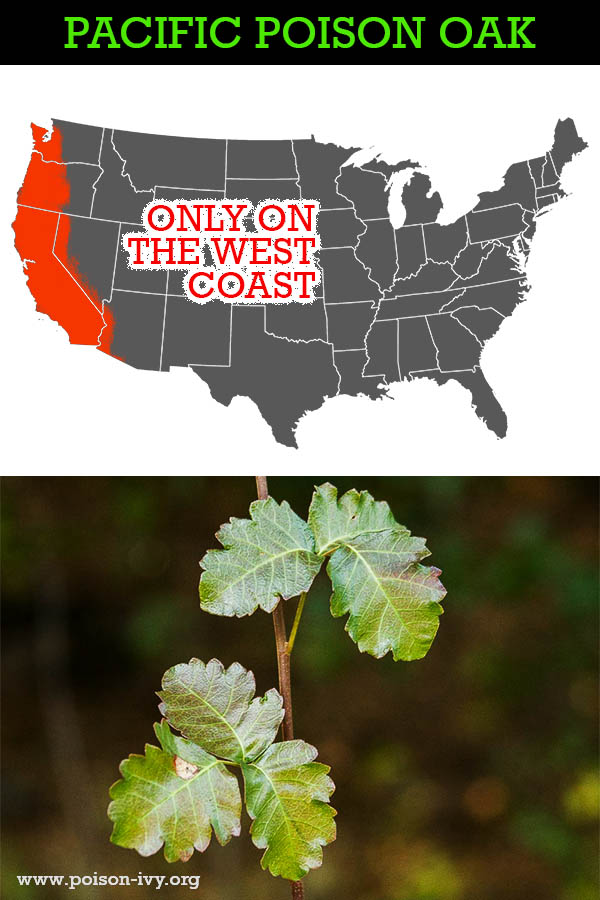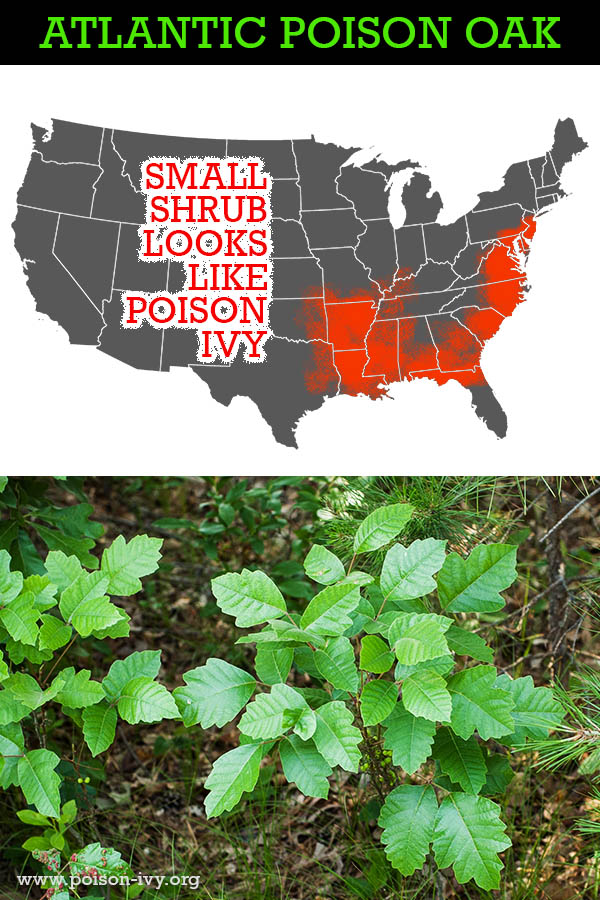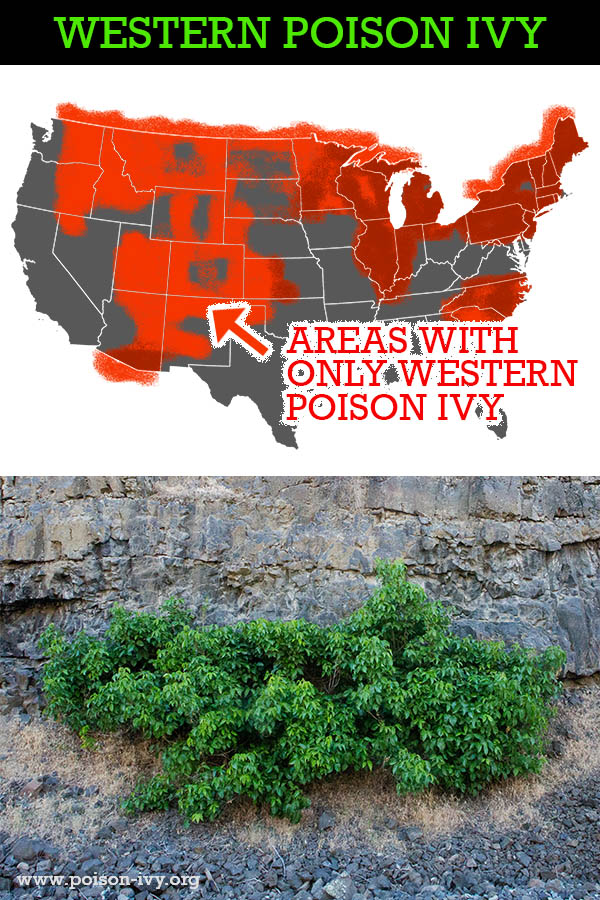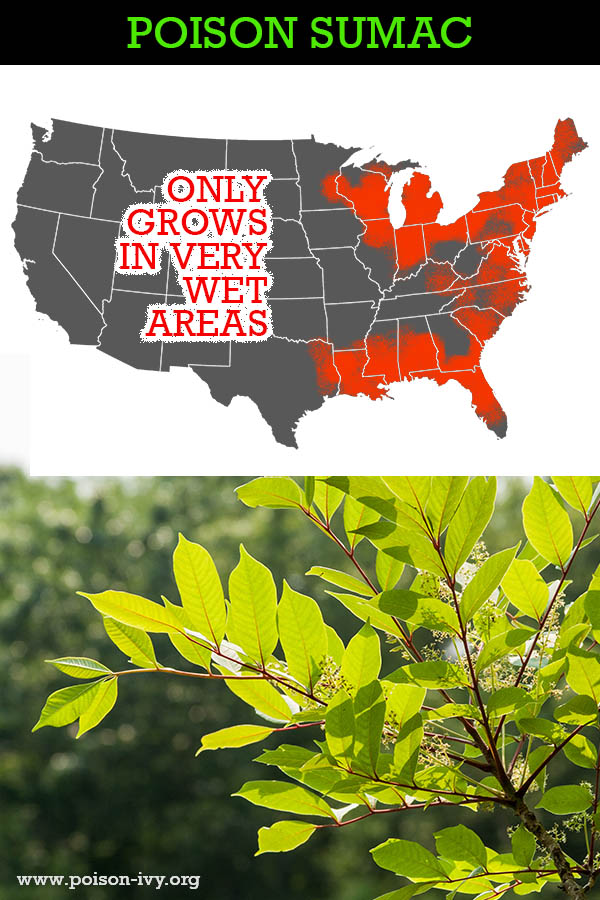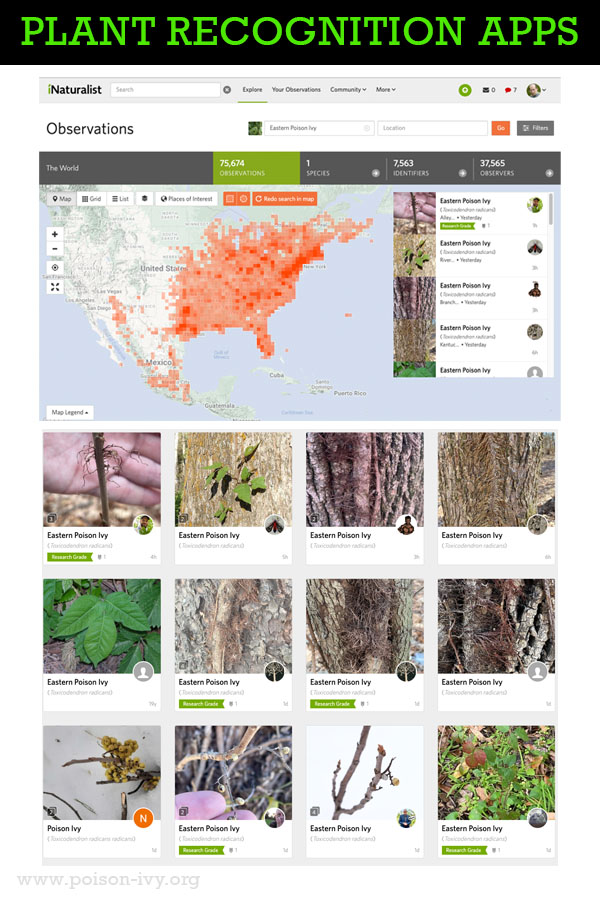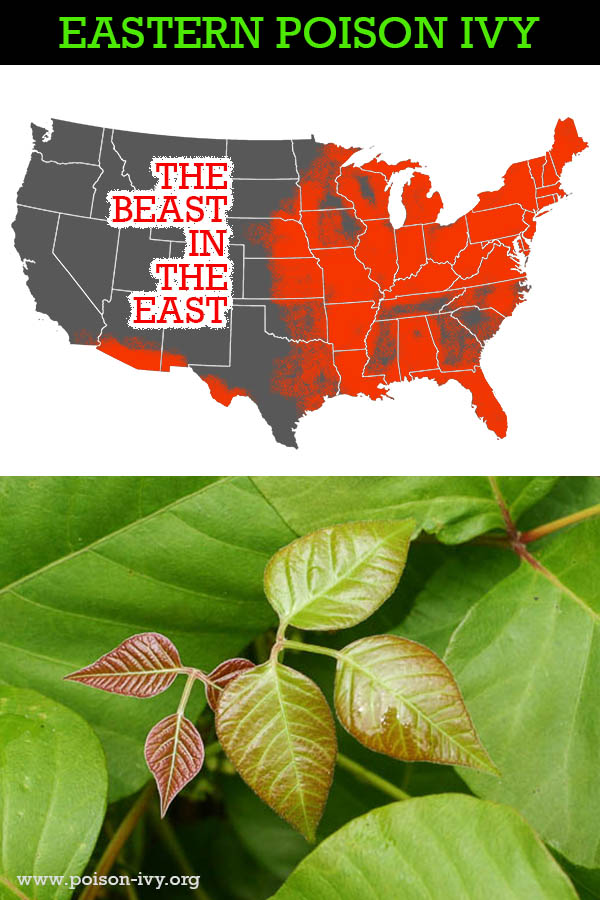
Learning How to Identify Eastern Poison Ivy
This very common plant, Toxicodendron radicans, lives along nearly every roadside, parking lot, golf course, and orchard in the eastern part of the United States.
Here we present images of of this plant in all its common growth forms and in all seasons and some simple ALWAYS-NEVER signs to look for.
